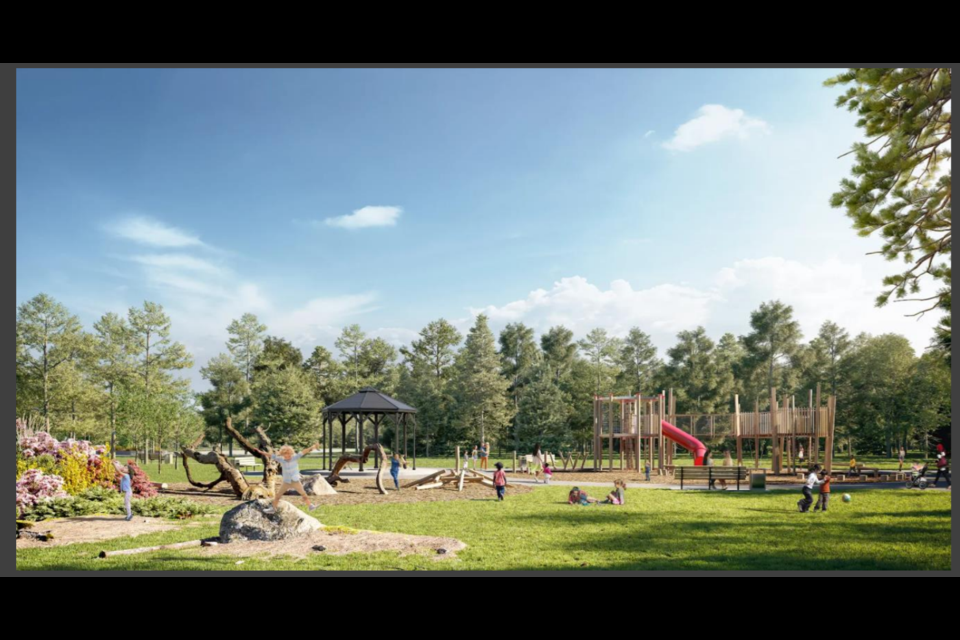ELORA - On top of the new housing development set to be built at the South River Road, two parks and a trail system are also set to be built within the large subdivision.
Council authorized the Haylock Youngblood parkland development agreement at Monday’s meeting between the township and the two developers in order to create parks within the subdivision.
The Haylock and Youngblood subdivisions are large residential developments located between South River Road and the Trestle Bridge Trail in Elora. Both developers are set to build a 400-unit subdivision off South River Road.
“This parkland development is largely driven by Haylock Farms, who are in the process of doing their construction of residences now,” explained Bruce Youngblood when asked by Coun. Bob Foster what his rationale behind the project was.
“We have a desire to see the park put in place as early as possible. Our parks are reflective of a higher standard than what is usually anticipated by the end user.”
However, a condition to their respective subdivision draft plans requires them to convey to the township land that is free and clear of all encumbrances for park or other recreational purposes.
The challenge both developers currently face with the park development is that the property line of the subdivisions runs through the trail system and one of the parks.
“This requires that the agreement be with both developers to coordinate planning and execution of the development of the parklands,” explained Brett Salmon, township’s managing director of planning and development.
“As such, the developers hired a landscape architect to prepare the design for the park in concert with the township staff, which has been done at the developers expense.”
The first park, Harrison Park, will be located in both subdivisions. Its design includes a playground, natural outdoor winter skating rink, shade structure, dry stone wall entry features, existing trees, new shade trees, planting beds, walkways, and passive seating.
Meanwhile, the second park, Haylock Park, will be in the Haylock subdivision and the design includes an existing woodlot, new restoration planting, trails, an amphitheatre, dry stone wall feature and passive seating area.
The park trail system, however, has become a tricky subject as the cost to develop the path around the pond is a developer cost and part of the subdivision agreement, and not the parkland development agreement. But the trail system that runs through the parks is a parkland development expense.
Nevertheless, the developers have selected to enhance both parks to a standard above the township’s park development standards, at their own expense.
“Within the service finance agreement, you’ll see that the combined cost of both parks and the trail system is anticipated to cost just over $858,000. Of that, roughly $108,000 is what we consider as local service and it's the cost borne by the developer,” explained CAO Dan Wilson.
“We have a local service policy included in our development charge background study which outlines what a developer is responsible for versus what the township is responsible for, and these are costs associated with developer borne costs of approximately $108,000.”
Wilson further explained that there’s roughly $604,000 of development charges (DC) credit eligible costs, which are costs borne by the township in constructing park amenities that the developers are constructing on the township’s behalf.
“We will pay them back through what is called DC credits, so as the development proceeds and building permits are issued and development charges are paid on various lots within the development, we will reimburse the parks and recreation DC back to the developer until that $604,000 is paid back,” he said.
There’s also the enhancement charges, which roughly cost around $146,000, which are for amenities above what the township normally constructs. Since it's above the current level of service the township normally provides, council cannot use DC charges to pay for these costs.
As such, the developers have offered to pay for these enhancements in order to provide this level of service to this development and its residents.
Council unanimously approved of the agreement and had no objections to any of the information presented.



